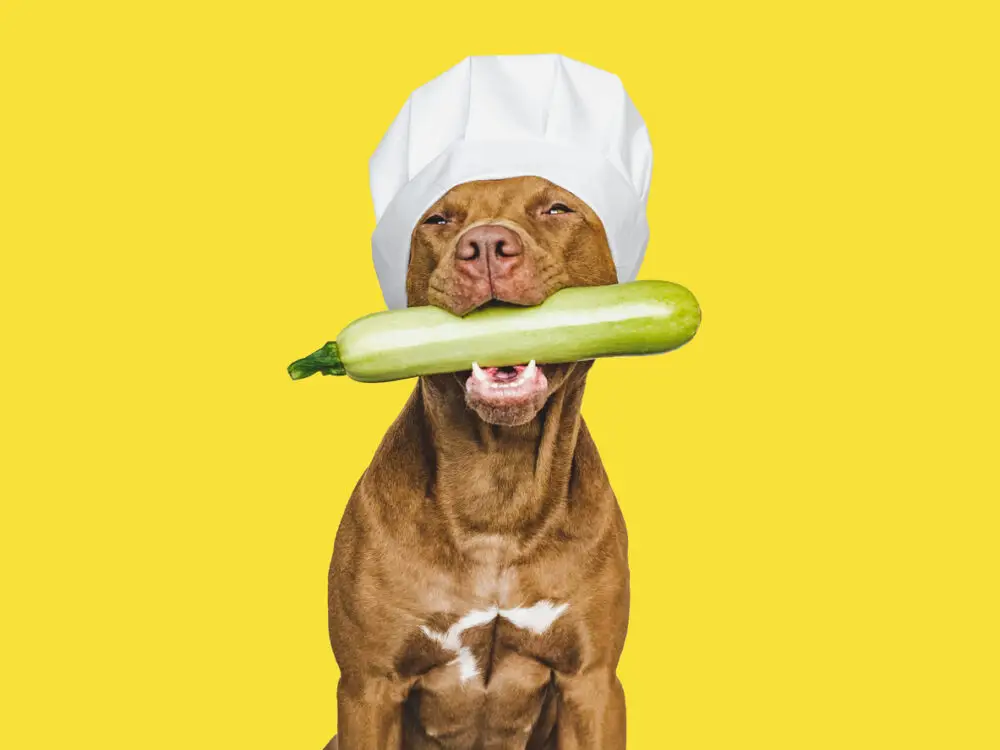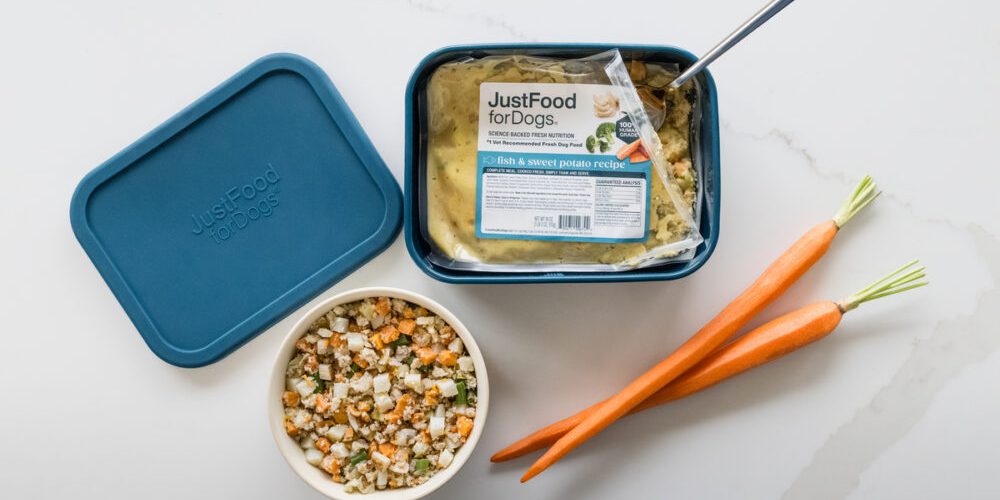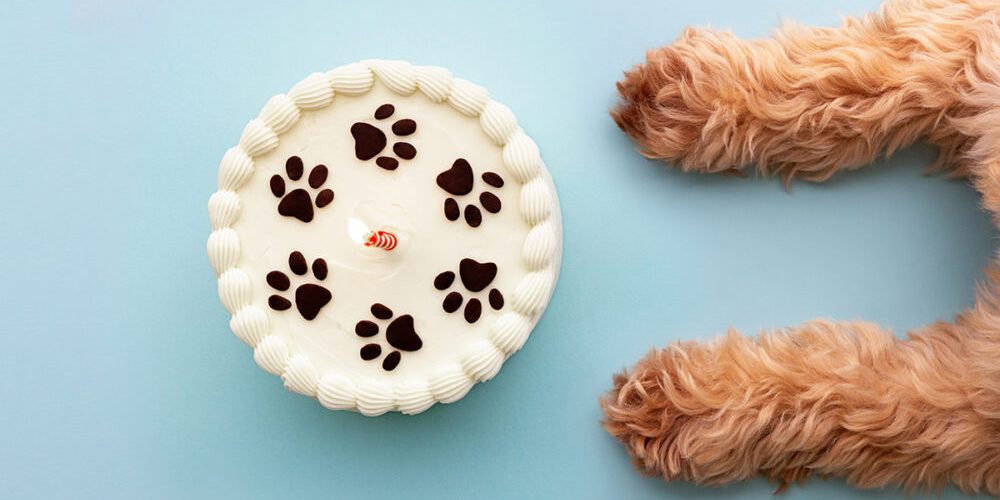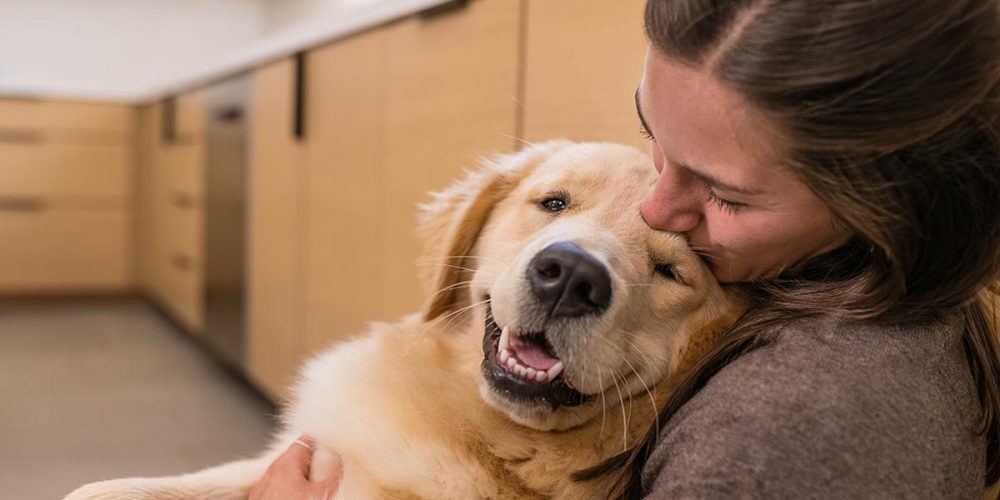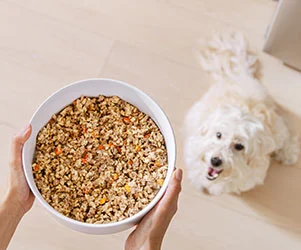Summer’s here, and soon home gardens will burst with summer squash and zucchini. As that squash piles up and you’re looking for creative uses, you might look at your floof and wonder: Can dogs eat summer squash?
If you’re already adding veggies like carrots or green beans to your dog’s food, yellow squash might be another easy addition. It’s plentiful in summer, easy to prepare, and offers plenty of nutritional value your dog can enjoy.
When it comes to summer squash, the answer is, “Yes!” Dogs can eat squash, including yellow squash, as long as it’s prepared safely for pups.
According to Dr. Jerry Klein, Chief Veterinary Officer for the AKC, squash is safe for dogs to eat, “provided seeds, skin, and rinds have been removed.”
With that in mind, squash can be a superfood for your pupper. Let’s explore the health benefits.
Health Benefits of Squash
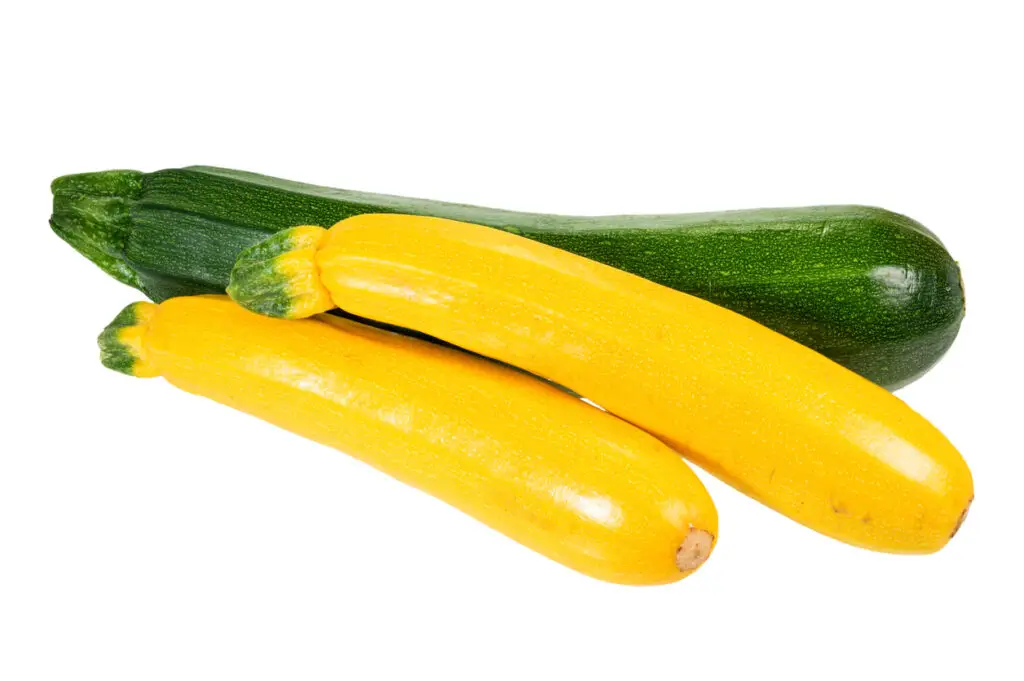
Squash is packed with nutritional benefits. Squash of all types is packed with vitamins, is low in calories, and supports digestion.
- Low calorie and filling: Because squash is low in calories and high in fiber, it can help your dog feel full without overeating. Got an overweight pooch? Squash can be a tasty treat.
- Essential nutrients: Squash is a good source of fiber, potassium, vitamin A, vitamin C, beta-carotene, magnesium, and antioxidants. These support your pup’s overall health.
- Digestive support: Packed with fiber, squash aids regular bowel movements and supports your dog’s digestive system.
- Immune system: Nutrients like beta-carotene and vitamins A & C help protect cells from damage and strengthen the immune system.
- Hydration: Squash has a high water content, making it a good choice for hydration on hot days.
One classic pet care resource is Dr. Pitcairn’s Complete Guide to Natural Health for Dogs and Cats. He includes squash in his lengthy list of safe human food options safe for dogs. Other people foods you can safely feed your pup include:
- Carrots
- Broccoli
- Sweet Potato
- Lettuce
- Bell peppers
- Fresh corn
- Cucumbers
- Green beans
However, like all human food, there’s a safe way to serve your dog squash.
Types of Squash You Can Feed Your Dog
If you grow squash in your garden or enjoy cooking it, you know there are numerous types of squash. The good news is that most types of squash are safe for dogs.
Summertime brings yellow squash and zucchini. Fall and early winter bring butternut squash, acorn squash, and pumpkin (skip the pumpkin pie filling, it’s not the same thing.)
A caveat: When feeding squash to your furry friend, only share the fibrous “meat” of the squash. Don’t offer your doggo the seeds, stems, or large pieces of the rind. You want to avoid digestive issues and prevent choking hazards.
Can Dogs Eat Squash Raw?

In short, “yes,” but it depends on the variety. Some types of raw squash are safe to eat, while others require cooking to be safe.
Summer squashes, like yellow squash and zucchini, are safe to eat raw as long as you chop them into bite-sized pieces for your pup.
Winter squash, including butternut, acorn, spaghetti squash, and pumpkin, should always be peeled and cooked. The thick skin and dense flesh surrounding the fleshy middles can be difficult to digest and may lead to blockages or stomach upset.
If your dog experiences digestive issues, it’s always best to cook squash and other people foods thoroughly. You can serve it mashed or pureed for even easier digestion.
Is Squash Good for Dogs?
When served plain and in small portions, squash can be a healthy add-in to your dog’s diet. Squash is packed with essential nutrients that support your dog’s health, including fiber to help regulate digestion.
That said, pet parents should keep it simple. Don’t sauté the summer squash for yourself with garlic, butter, and herbs, and then dish up a portion to your pooch. Cook squash for your dog separately with just a little water to keep it from sticking to the pan.
Sure, that might sound bland to you, but your dog has different taste buds, and seasonings like garlic and onion can sicken your pup.
Before cooking, wash your squash thoroughly to remove any pesticides, especially if you plan to leave the skin on.
To serve squash to your dog safely:
- Cook it without seasonings
- Cut it into small, bite-sized pieces to avoid a choking hazard and prevent blockages
- Start slow, like with any new food, to assess your dog’s digestive system
- Cook or puree if your dog tends to have a sensitive stomach
- Freeze small portions of cooked squash in ice cube trays for a cool summer treat
Squash is a high-fiber food that is good for the digestive system, but overfeeding can lead to diarrhea or its opposite, constipation.
How Much Squash Can Your Dog Eat Safely?
If you’re using squash as a dog treat, then 1-2 teaspoons a day for a small dog or 1-3 tablespoons a day for a medium or large dog is sufficient. You should always keep dog treats under 10% of your dog’s daily caloric intake.
However, if you’re using squash and other veggies as part of your dog’s meal plan, you want to get the proportions correct to maintain a balanced diet. For most dogs, it’s safe for dog-safe veggies to make up 30% of their meals.
Always monitor your dog for any changes when introducing new ingredients. Changes in your dog’s energy, stool quality, or appetite can be signals to pull back on the new ingredients and let his digestive system adjust.
Not sure how much squash is right for your pooch? Your veterinarian can share guidelines based on your dog’s size and health.
Wrapping Up
Yellow squash is a safe and nutritious addition to your dog’s diet. Just keep it simple with plain cooking and chop it small. If your dog likes squash and his digestive system tolerates it well, you might consider rotating with other dog-safe vegetables like carrots or sweet potatoes. They can be served plain and offer a different texture and taste while supporting your dog’s stomach and overall digestion.
If you want to ensure your dog eats a healthy, well-balanced diet overseen by veterinarians, try our real food meals made with gently cooked vegetables like squash to support your dog’s overall health and digestion.
This content is for informational use only and does not replace professional nutrition and/or medical advice, diagnosis, or treatment. It is not a substitute for and should not be relied upon for specific nutrition and/or medical recommendations. Please talk with your veterinarian about any questions or concerns.

